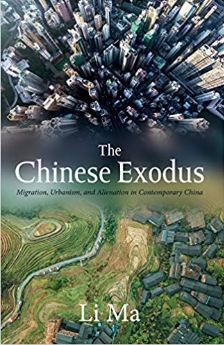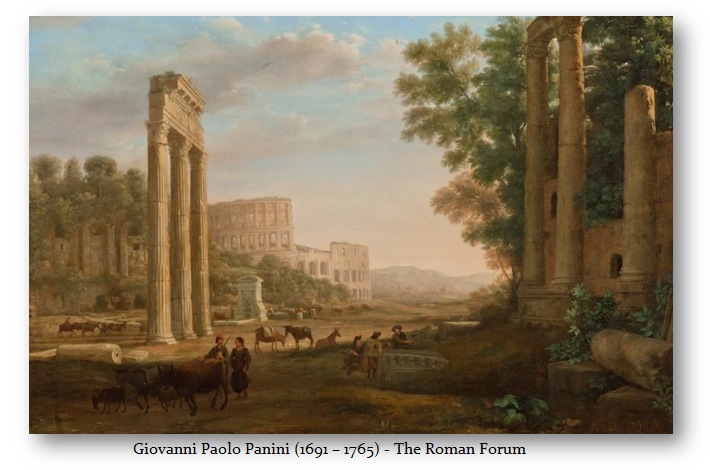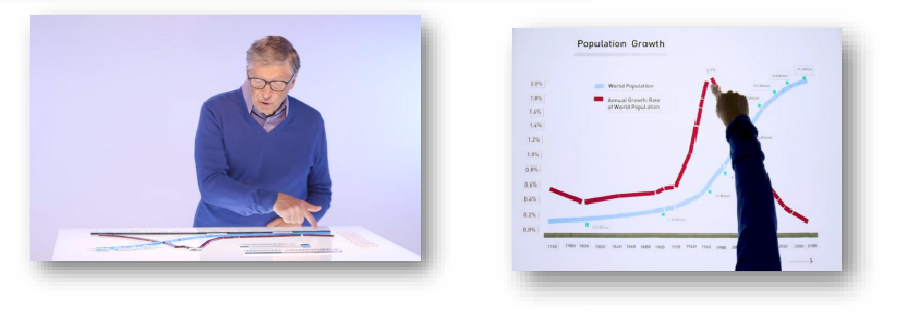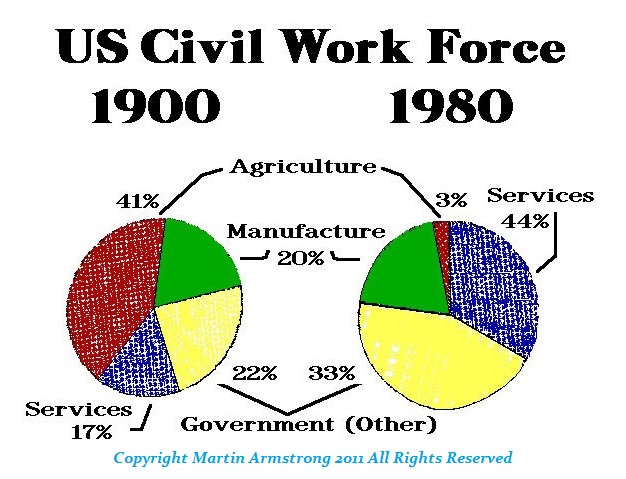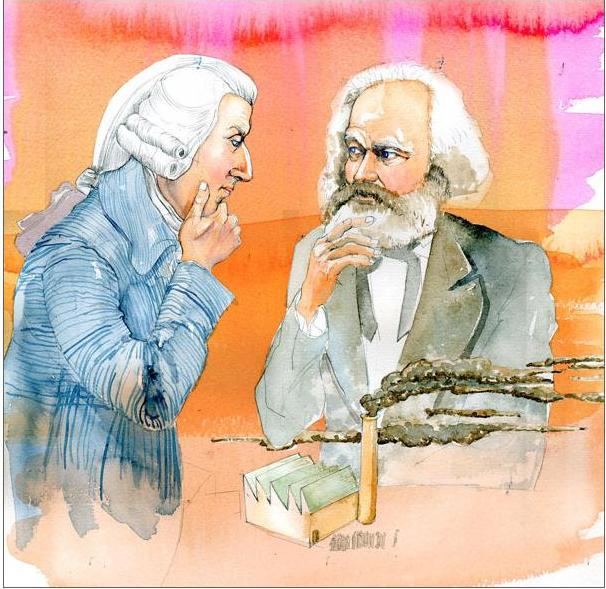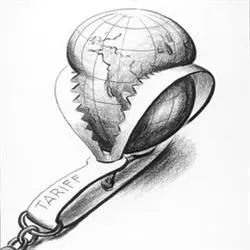Before the evolution of the Industrial Revolution, Social Mobility truly did not exist. More often, one tended to follow in the footsteps of their family. Farmers remained on the farm just as those in the various skilled trades remained in those guilds. This tended to be true even from ancient times before Rome became the first city to reach one million people. Then, there were vast opportunities, and people migrated to Rome as they had to go to New York to become rich and Los Angeles in hopes of becoming the next movie star.
Even in China, as communism collapsed and freedom resurfaced, Social Mobility returned. China experienced great internal migration as people left rural communities and sought the big cities. While this trend began in 1978, it accelerated post-1989. There is always a cycle behind migrations, externally driven more by climate changes and internally by industrialization and progress.
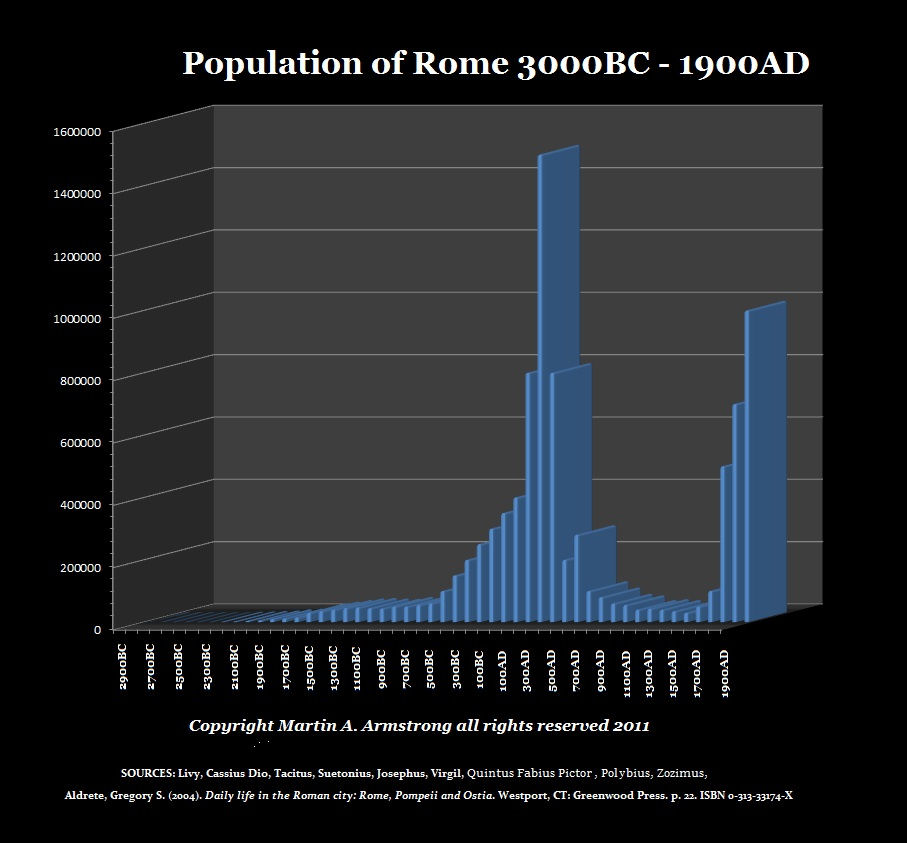 The collapse of Rome led to the return to the suburbs and an agricultural life, with the end of Social Mobility. It took 1720 years for another city to reach a population of 1 million. Rome was the largest city in ancient times by 100AD, reaching one million and peaking around 1.2 million by 180AD. Likewise, some have argued that Alexandria, Egypt, reached one million, perhaps before Rome.
The collapse of Rome led to the return to the suburbs and an agricultural life, with the end of Social Mobility. It took 1720 years for another city to reach a population of 1 million. Rome was the largest city in ancient times by 100AD, reaching one million and peaking around 1.2 million by 180AD. Likewise, some have argued that Alexandria, Egypt, reached one million, perhaps before Rome.
Nevertheless, Rome eventually collapsed to a population of just 15,000 during the Middle Ages. London, England, was the first city to reach a population again of one million, and it took nearly 6 waves of 309.6 years. London reached the 1 million mark in 1810 during the reign of George III (1760-1820). In comparison, New York City finally reached one million in 1875, thanks to all the people fleeing Europe. We once again are approaching the peak in civilization, and what will come after 2032 will be once more the disintegration of Western civilization as our Neocons destroy Western society and the financial capital of the world, which we took from London in 1918, will come to an end 112 years later.
Where the Black Plague of the 14th century ended serfdom and gave rise to wages due to the shortage of labor when nearly 50% of the European population died, we then came to the Industrial Revolution, which truly altered society again, following about 600 years after the Black Death. The Industrial Revolution opened the door to more options for employment, and creative people dreamed of new inventions. Social Mobility was once again returning as it had taken place in ancient Rome, attracting people throughout the empire to migrate to Rome for new opportunities.
World War II killed only about 3.75% of the total world population. 70–85 million people perished out of an estimated global population of 2.3 billion in 1940. But this tends to water things down. Russia lost 26 million, and China lost about 20 million. Today, the world population stands at 8 billion. At 3%, the losses would be over 240 million today. However, with nuclear weapons, the people who are really using Climate Change to reduce the population would not be satisfied with the number. They want a 50% reduction, bringing back the good old days of the Black Death.
Nevertheless, despite the climate zealots’ hatred of the Industrial Revolution, they refuse to comprehend that this evolution technologically raised living standards allowing Social Mobility once again. These Climate Change zealots who want to reverse everything are clueless as to the importance of the internal combustion engine and the freedom it provided. It was the combustion engine that allowed people to migrate to the suburbs. At the same time, it dramatically increased food production, freeing people from the confining role of agriculture. In 1900, 41% of the civil workforce was employed in Agriculture, which is why the Great Depression saw unemployment rise to 25% thanks to the Dust Bowl.
Social Mobility was an unspoken concept that colored the most ambitious, aspirational, and dramatic economic expansion in human history. No matter the time or location, an individual’s social class had been previously confined whereas the Industrial Revolution irreversibly terminated the conditions and lineage that had confined them to limited employment opportunities. Even slavery could not be simply terminated, for there was no opportunity to get a job outside of agriculture, which accounted for 70% of the civil workforce in 1850. This was why many blacks remained in the South, and while free, they now earned a wage but had to cover their own cost of living. It was not such an easy transition prior to the Industrial Revolution that opened the door to non-agricultural employment opportunities.
With the Industrial Revolution, we also find the birth of this concept of the American Dream. America became the land of opportunity where any individual could become whatever they aspired to be. No matter what. Social and Vocational Mobility enabled America to economically grow reaching new heights. Thus, it was the Industrial Revolution that these Climate Change Zealots hated so much that, most importantly, it set the stage for what became decades of parabolic growth and the birth of the highly lucrative, meaningful entertainment, financial, and sports industries. Our modern way of life was enabled by the combustion engine.
The danger we now face for the future is that the mistake the Democrats have made is this adoption of Marxism that is constructed on class warfare, attacking the very core of Social Mobility. For now, if you start your own business, you are demonized as the rich. In today’s post-American Dream era, many people operate within class constraints, similar to the 19th century. The politics are pitting one group against another that has gone beyond merely class but also beyond race into the world of multiple definitions of gender. The realities that plague us today are inescapable: they’re embedded in poor monetary policy, undermining our freedom and capitalism itself while encouraging a growing disdain that is even now characterized as economic philosophy between left and right – Marx vs Smith.


